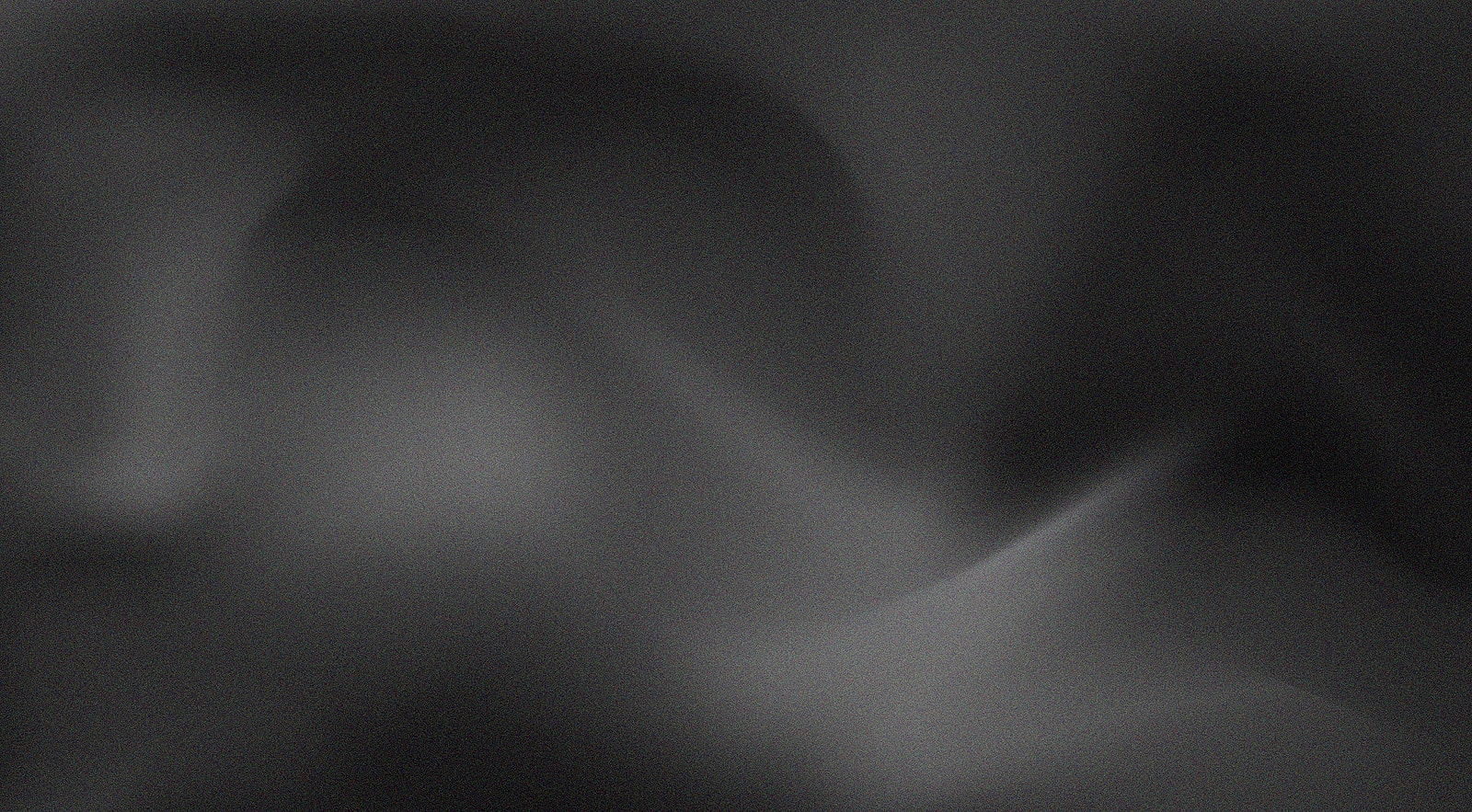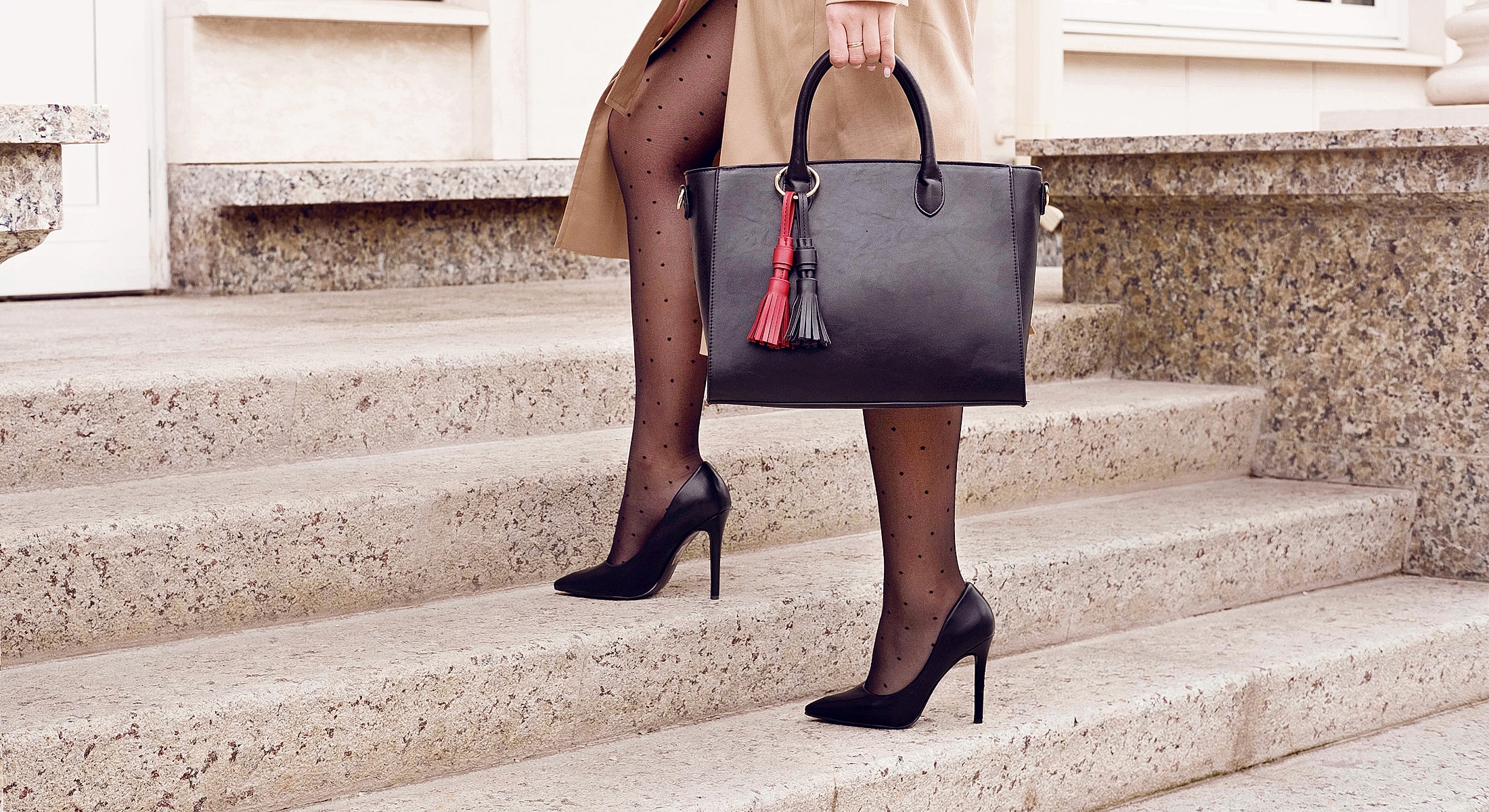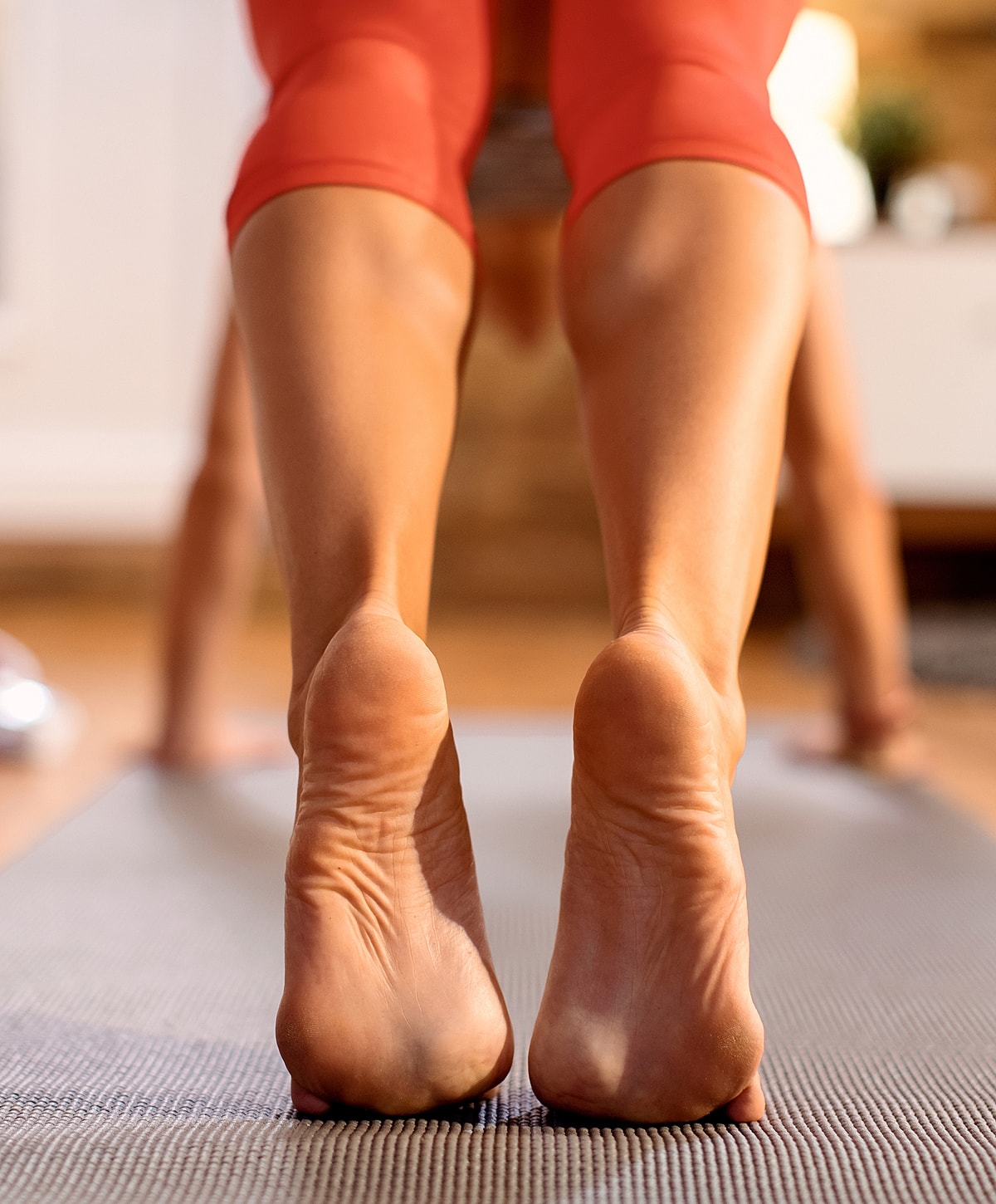
Hammertoes



A hammertoe is a deformity of the toe in which the toe is bent at the middle joint, causing it to resemble an inverted V or a hammer. Although any toe is susceptible to becoming a hammertoe, the condition most commonly appears in the second, third, or fourth toes. Left untreated, hammertoes can become inflexible and require surgery to correct.


Text: (504) 897-3627 | 7:00 AM – 9:00 PM
Call: (504) 897-3627 | 7:00 AM – 5:00 PM
Prefer email? | Fill out the form below
